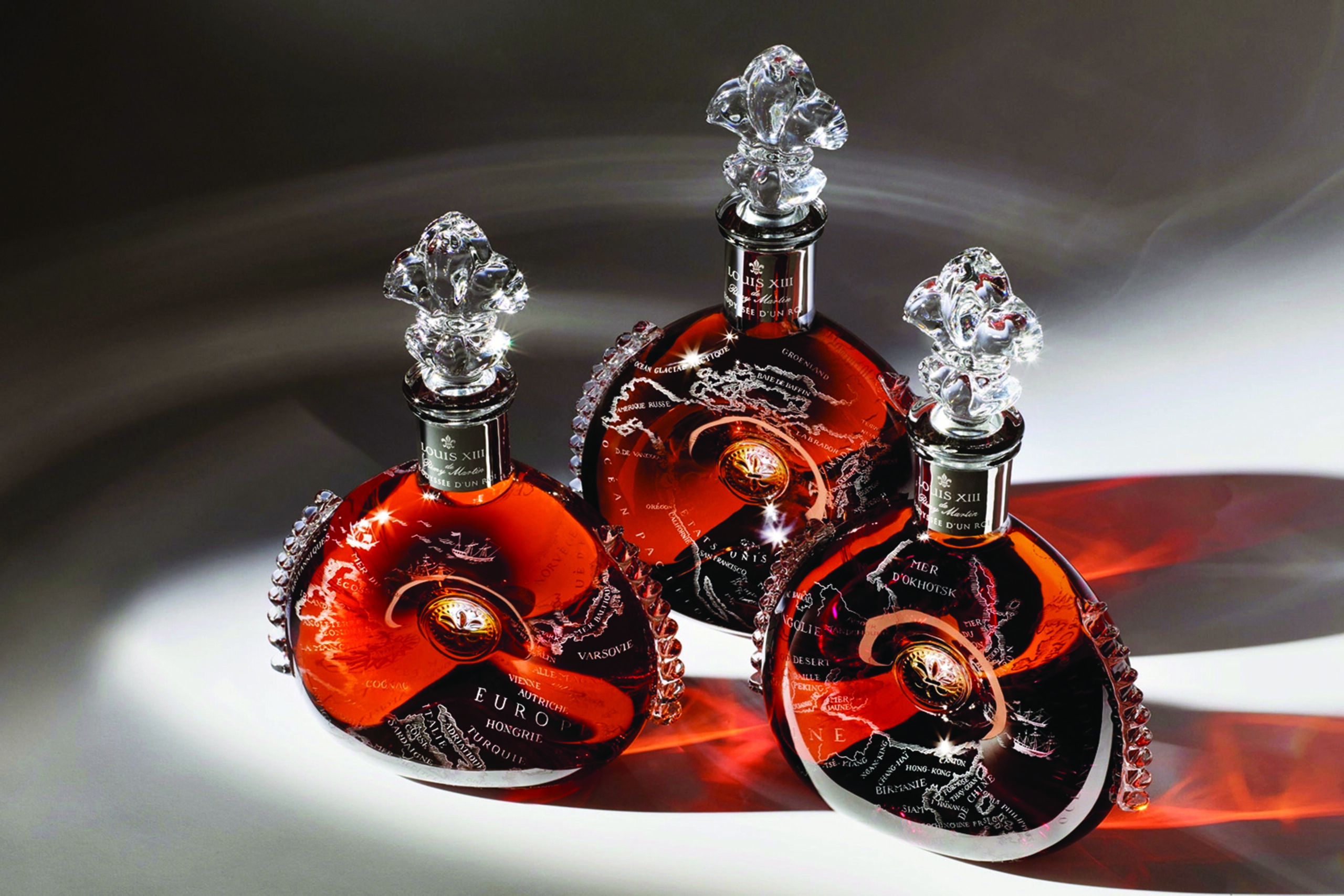It’s fair to say that few grasp the true scale of the global Cognac market. If your best guess was anywhere in the region of US$4.03 billion, you are better informed than most. It’s a more than sizable figure, even though it pales in comparison to the US$435 billion representing the global wine industry, it still represents a fairly formidable 31-percent year-on-year increase.

Undeniably, demand for Cognac has soared with more than 223 million bottles sold in the past 12 months. While sales dipped when Covid was at its peak, this more recent uptick has largely been driven by the changing tipple trends in both the US and China markets, with premium vintages apparently finding particular favour. This recent resurgence, however, is just the latest in a series of triumphant returns to form for the French-made brandy industry, a sector that has weathered many serial setbacks throughout its centuries-long history.

Drilling down into the absolute bare necessities, first, it must be distilled twice, using copper pot stills and then aged for a minimum of two years in French oak barrels. It can only be distilled between October and March and cannot be produced with any wines containing a surfeit of sulfites. In addition, it must be made specifically in and with grapes from France’s Cognac region – in much the same way that Champagne can only be officially produced in the eponymous region of France.

Interestingly, it is the 16th-century Dutch whom we must truly thank for creating what would eventually become this most famously French of spirits. Keen fans of Gallic grape-related beverages, such traders found it something of a struggle to keep their purchases drinkable during the long journey home. Their ingenious solution was to distill the spirit into an eau-de-vie – brandewijn (‘burnt wine’), which later gave rise to the term ‘brandy’. Double-distilling the end product soon became the norm, with the higher strength of the resultant spirit also helping save precious shelf space aboard the exporting ships.

It was, however, another two centuries before some of the most iconic Cognac maisons (as we know them today) came to prominence. Martell, in 1715, was the first to open its doors, followed 10 years later by Rémy Martin and then a host of others. Over the following years, it burgeoned in popularity both at home and abroad. It was then, however, that things became unwelcomingly complex.
With the 1870s, came the dreaded phylloxera outbreak – an aphid infestation – which saw vineyards devastated, with the space under cultivation falling from 280,000 hectares to 40,000 hectares in just two decades. Given that it takes 10 litres of white wine to make just one cognac, it’s not hard to imagine the knock-on consequences. It wasn’t until the eventual introduction of phylloxera-resistant vines several years later that any degree of equilibrium was restored.

Fast forward to the twilight years of the 20th century, Cognac was still having a turbulent time. While sales in Japan suddenly skyrocketed, demand across Europe flatlined. Then, in 2001, it suddenly became a top tipple among US quaffers, largely – apparently – on account of it being name-checked in a variety of popular tunes back then.
Not only is its conventional incarnation now a mass-market favourite, but demand for its more premium varieties has never been stronger among the more well-heeled. For any novice drinker, there are several things to bear in mind. Cognac is broadly split into three categories – VS (Very Special, aged for a minimum of two years), VSOP (Very Special Old Pale, aged for a minimum of four) and the exclusive XO (aged for a minimum of six), with the finest example of the latter often up to a century in the making.

(Text: Tenzing Thondup)



